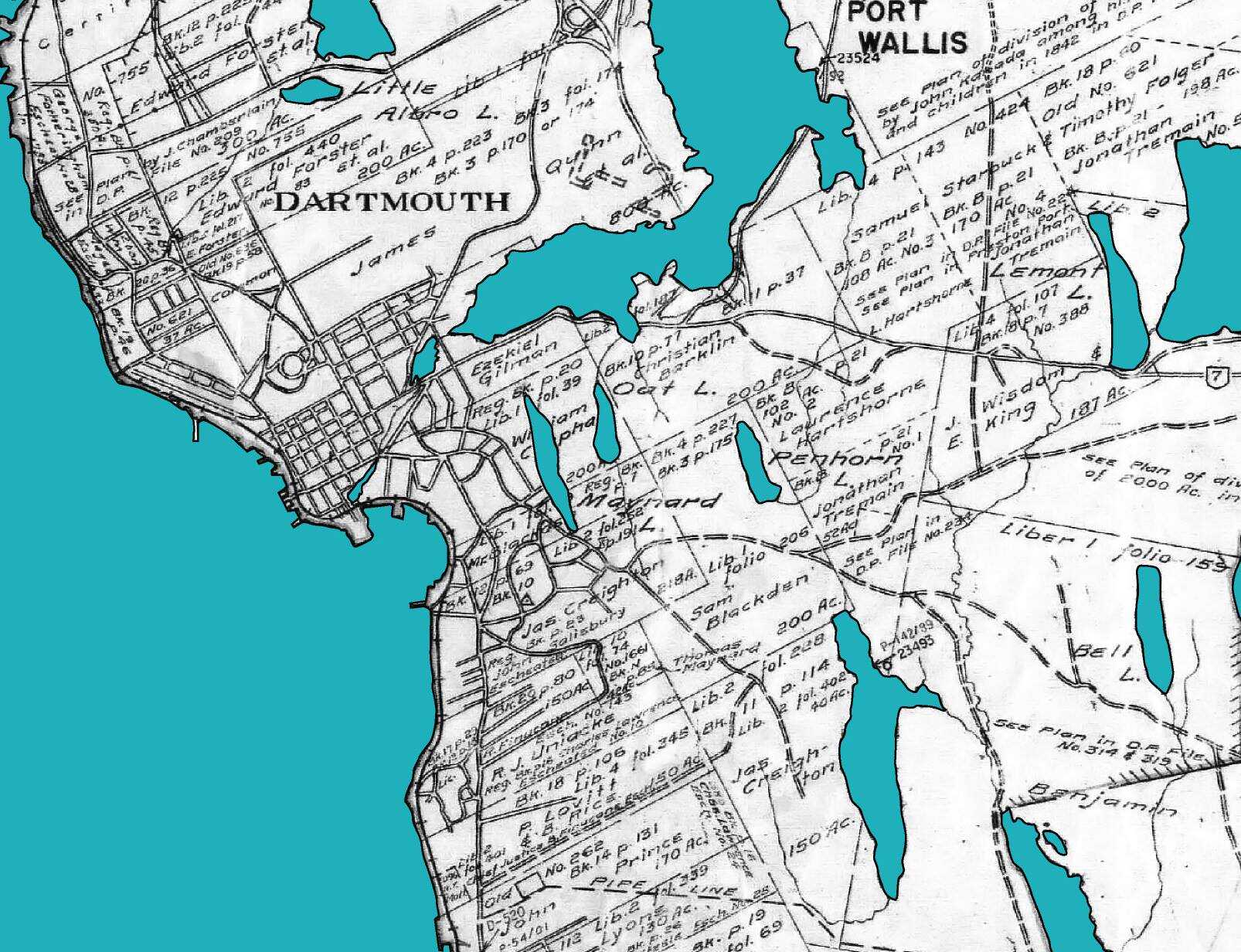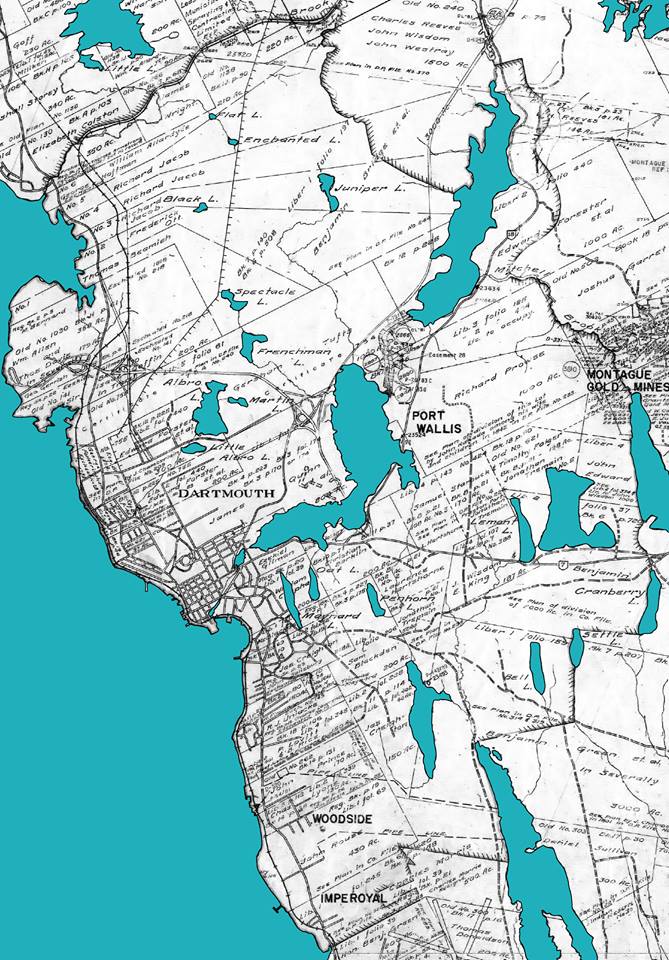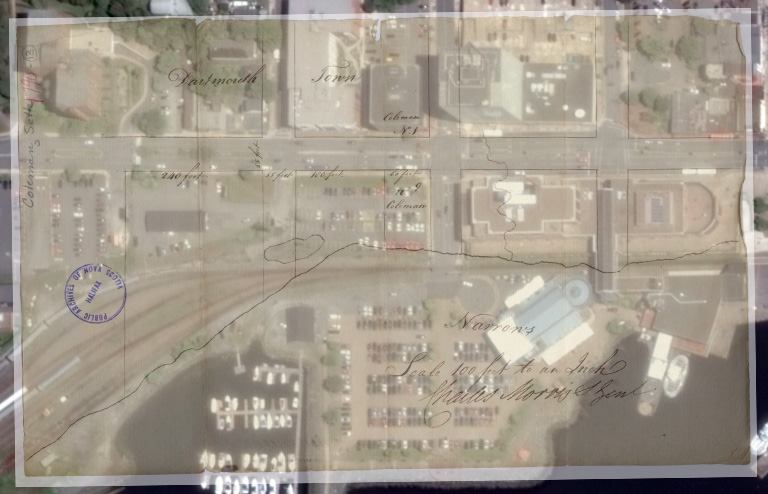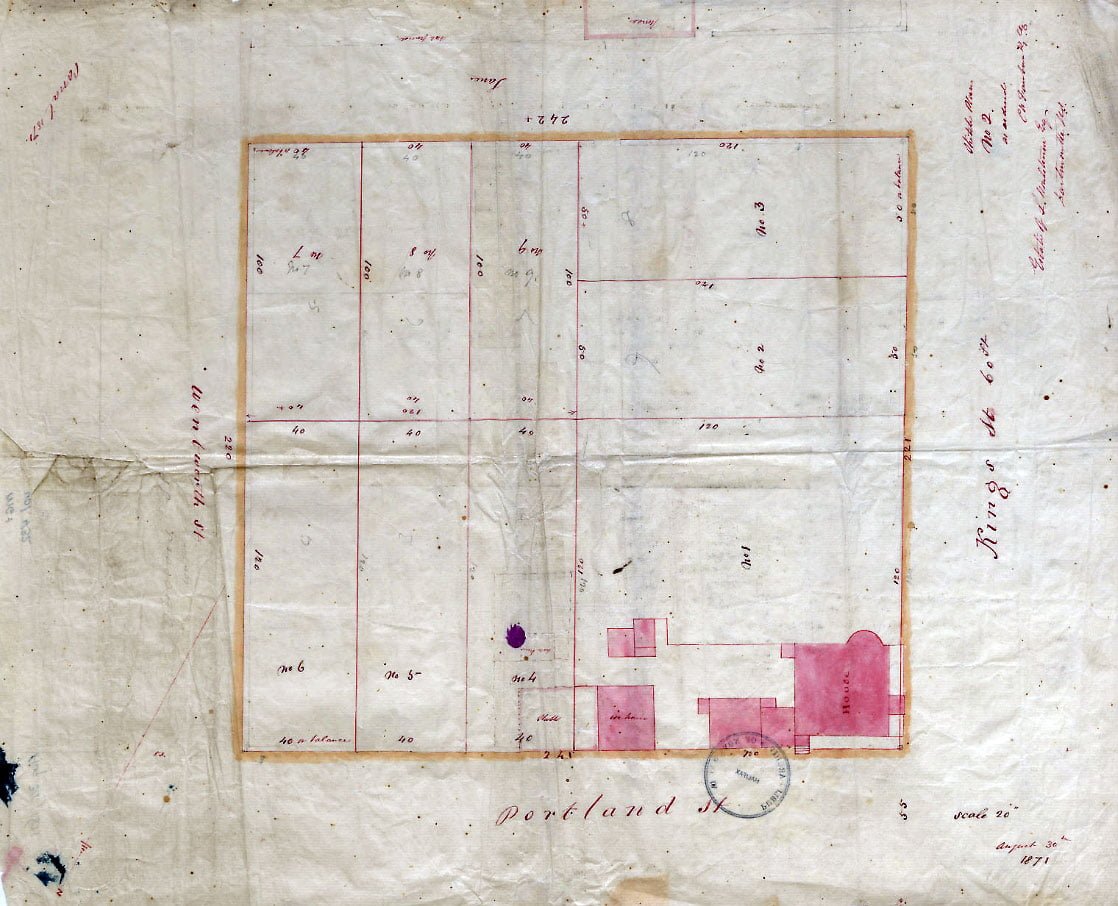See 20th Geo. 3d. cap. 6:
An ACT to enable the Governor, Lieutenant-Governor, or Commander in Chief for the time being, to appoint Trustees, for the Common of the Town of Dartmouth, on the death, or removal, of the Trustees holding the fame, and to vacate that part of the grant of the Common aforesaid, which vests the trust in the heirs, executors or administrators, of the Trustees, named in the said grant, on the death of such Trustees.
Preamble:
WHEREAS by letters patent under the great seal of this Province, bearing date the 4th day of September, in the year of our Lord one thousand seven hundred and eighty-eight; His Majesty was pleased to grant to Thomas Cochran, Timothy Folger, and Samuel Starbuck, their heirs, executors, and administrators, the common of the township of Dartmouth; situate on the eastern side of the harbour of Halifax, in special trust, for the use of the inhabitants fettled and resident in the town plat, or that might thereafter settle; and actually reside, within the township of Dartmouth, during such residence only ; as a common, for the general benefit of such resident fettlers, and not otherwise. And whereas the said Timothy Folger and Samuel Starbuck, have removed from this Province, by reason whércof the good intent of the said grant, is in a great measure defeated; and great inconveniences may arise from the trust aforesaid, on the death of either, or the whole, of the said trustees, devolving to their heirs, executors, or administrators; for remedy whereof :
Governor to appoint Trustees for the Common at Dartmouth:
I. Be it enacted, by the, Lieutenant-Governor, Council and Assembly, That it shall and may be (l)awful (sic) for the Governor, Lieutenant-Governor, or Commander in Chief for the time being, to nominate and appoint fit and proper persons, trustees for the common of the town of Dartmouth, which trustees, so nominated and appointed, shall hold the said common on the same terms and conditions, as the trustees, named in the aforesaid grant, are authorised to hold the fame, by virtue of the said grant.
And on the death of any Trustee, to appoint another to exercise the trust:
II. And be it further enacted, That it shall and may be lawful for the Governor, Lieutenant Governor, or Commander in Chief for the time being, from time to time, and at all times hereafter, on the death, or removal out of this Province of any of the aforesaid trustees, to nominate and appoint another person, to exercise the said trust.
Former trust vacated:
III. And be it further enacted, That so much of the said grant as relates to the appointing the before named Timothy Folger, and Samuel Starbuck, trustees, as aforesaid, and such part thereof, as, on the death of either of the trustees, therein named, devolves the trust on the heirs, executors or administrators, of the trustee so deceased ; and every matter and thing, in the said grant contained, relating to the fame, shall be, and the same is hereby, vacated, and no longer in force or effect.
Power of Trustees appointed under this Act:
IV. And be it further enacted, That the trustees to be named, in and under this Act, shall exercise, and use, every right power and privilege, heretofore given to the trustees, named in the aforesaid grant, and referred to in an Act, passed in the twenty-ninth year of His Majesty’s reign, entitled, An Act to enable the inhabitants of the town plot of Dartmouth, to use, and occupy, the common field, granted by His Excellency the Lieutenant-Governor, in such way as may be most beneficial to them.
“An act to enable the Governor, Lieutenant Governor, or Commander in chief for the time being, to appoint Trustees, for the Common of the Town of Dartmouth, on the death, or removal, of the Trustees holding the same, and to vacate that part of the grant of the Common aforesaid, which vests trust in the heirs, executors or administrators, of the Trustees, named in the said grant, on the death of such Trustees”, 1797 c2








